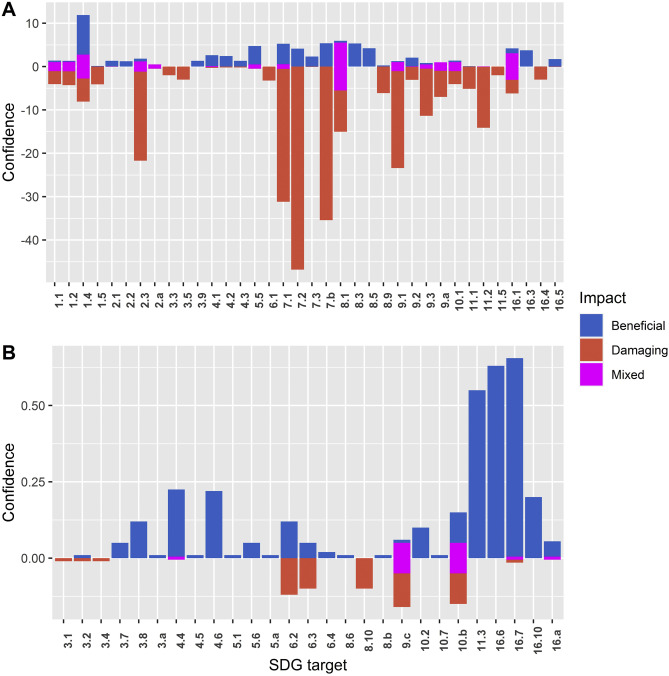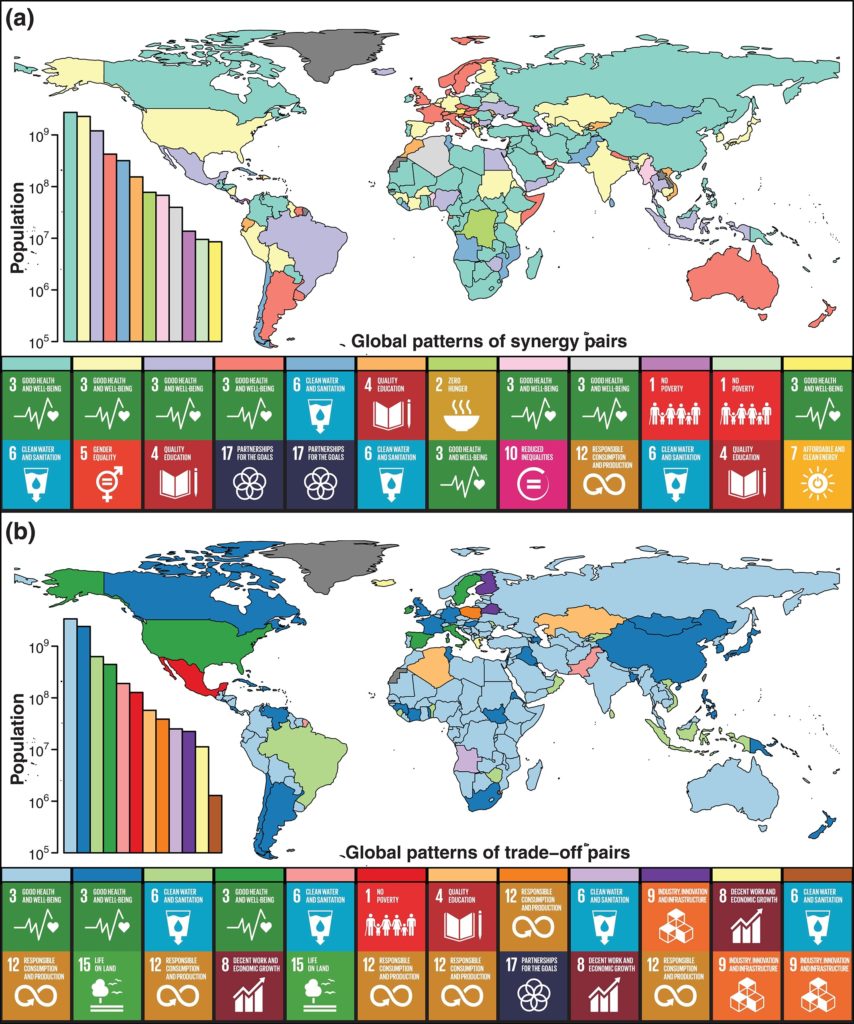Earth as a planet, is under siege by the strain called Humans.
Earth cannot seem to sustain Human demands; we’d anyhow need 1.7 planets to support the demands of our Ecosystems. The ailing planet can barely cleanse its own systems.
Plastic is choking our oceans, Carbon dioxide is filling up our air, soils have no different story, toxic chemicals are ripping it inside out.
Simultaneously during Anthropocene, several species are being lost at the rate up to 10,000 times the normal rate of extinction.
Our planet is now containing enormous heat within and is warmer now than it has ever been in last 800,000 years. According to IPCC, all this could become irreversible by 2030.
SDGs have come to us as a chance and hope to deliver a better planet to our future generations. Not just an ailing planet or a planet that needs repair, but surely a Mother that does not need its successors to be taught adjustment, responsibility, altruism and sheer gratefulness for available resources at one’s disposal.

However, when we thrive to fulfil these SDGs at the expense of our desires, lets make sure we implement them appropriately as some of these have a potential to damage the world’s forest ecosystems, according to a new research.
Out of 169 sustainable development targets, nearly 63 are likely to afflict dilemma to the conservators based on the fact that these could either be damaging or beneficial. Of the identified impacts, 29 were potentially beneficial, 15 damaging and 19 had mixed impacts.
This mind-boggling research has been made by the University of Leeds, includes the reviewed 466 academic papers on the UN targets with 963 collected examples of impacts.
Describing such targets, Scientists associated with the study told: “Most typically these relate to infrastructure [in all its many forms]. However, by paying attention to more subtle factors, such as human well-being, access to quality education, the transparency of governments, and the inclusion of all members of society in top-level decision making, these impacts can be mitigated to a significant degree.”
It is even said that almost none of the 17 SDGs are absolutely good or bad for forests, with the exception of goals dealing with Education, social welfare and well-being of people.
For instance, negative impacts have been associated with hard infrastructure (SDG 9 targets) including roads, railways, dams, housing and industrial areas. But we can see that All that renders benefit, may also be subjected to scrutiny of the other i.e. A development for one may not be development for the other.
Or many large-scale projects, including those for renewable energies (the alleged ‘environmentally friendly’ ones) can involve the deployment of large generation infrastructure eg. Sharavathi Valley Project, and a few others in India, which can be highly damaging to forests in long run.
Instead Biogas Plants or small Hydro based on the geological characteristics of a place, has proved to be environmentally safer.
Four targets have been identified as having impacts on forests. Of these, three were assessed as potentially beneficial: targets 5.1 (end all forms of gender discrimination), 5.6 (increase access to sexual and reproductive health and reproductive rights) and 5.a (equal female rights to economic, financial and natural resources, and land/property ownership).

The authors however quote that the “links between human population growth and environmental quality remain unclear and much-contested”.
Why this study is important for India?
India is a developing country; it frequently finds itself in the tussle between development and Ecological preservation.
The earlier stages of economic growth can damage forests while at least theoretically, the other factors such as increasing employment (especially off-farm employment), education and better planning can have positive impacts.
Restoration of degraded forests is one of the most important components of India’s Nationally Determined Contribution to the United Nations Framework Convention on Climate Change(UNFCCC).

India has set a national target of bringing 33% of its geographical area under tree and forest cover while maintaining two-thirds of the area under green cover in mountainous and hilly regions.
Then why so difficult if there is a general will?
Budgetary constraints, Government of the day will try to boost infrastructure, automobiles, real estate etc, the sectors whose impacts are visible in the immediate run.
Improper methods of afforestation and poor methodology:
Planting invasive tree species, that too mostly on the outskirts of the cities, barely of any use to Human settlements inside, who have been devoid of ecological benefits by clearing such inbuilt forests.
People involved have to be a little more sensitive to the cause by limiting damage and rather using a participatory approach to plan better to minimize damages.
Also it is known that benefits of 1 mature tree are equivalent to nearly 99 such new saplings, being planted for compensating the bigger loss. One can imagine the loss in toto breeding from a total of 112,169 trees being cut on an average of 24 per day.
India has introduced Compensatory Afforestation scheme(CAMPA) in order to restore forest cover, lost due to diversion of forest land for non-forest purposes such as mining and industrial use.
But we have continued the forest land diversion at continuous scale and according to a letter by Inspector General of Forest, AK Mohanty, about 70 per cent data on compensatory afforestation was “incorrect or incomplete”.
Bleak Information over an extended cause?
Particular poorly researched areas include matters of health (SDG 3), between-and within-country equality (SDG 10), and water and sanitation (SDG 6), matters of gender equality (SDG 5), and aspects of education (SDG 4) according to the study.
Are we on the right track?
The SDGs have picked up the command from where the Millenium Development Goals (MDGs) left off. The SDGs have aimed to build on the work already done by the MDGs. But there has been discussion, debate and disagreement on whether this is the best way to go about it.
However, collective benefaction of such goals stated by UN any day outweighs the exploitation that may be incurred unintentionally while implementing the SDGs.
This can all be averted if more research is undertaken regarding it’s inherent impacts. Further it can inform and direct related policy concerning the subjects, in order to fully capitalize on opportunities for possible benefits.
Afterall, the original aim of the SDGs has been to bring together and sew the various sectors for human welfare, but much of this is under implementations and at times is not given due importance.

